AIA Vietnam partners with KPMG to elevate customer experience
 |
| Wanda Britton, chief customer officer for AIA Vietnam (left) and Phuc Nguyen, partner at KPMG Consulting |
As one of Vietnam’s leading life insurance companies, why is a life insurer like AIA focusing on CX?
Wanda: More than just a life insurance company, AIA Vietnam is looking to be a “partner” for our customers on the journey to pursue a healthier, longer, better life with the variety of products we offer. We are seeing a growing need for health, protection, and financial safety products. In Vietnam, this need is fuelled by increasing demand in urban areas, the rapidly rising share of middle and affluent segment with growing spending on healthcare, aging population, and an increased preference for digital interactions.
With the ongoing pandemic, on top of challenges in serving customers and day-to-day operations, we also took the opportunity to transform digitally to enhance our connections with customers. Reacting to our customers’ preference for digital interactions, we have leveraged our digital channels to bring them the best experience. We also need to distinguish ourselves from the competition and offer distinctive, personalised, and meaningful customer experiences instead of just having a sound product.
We are not only transforming and equipping the best technologies to deliver a faster and seamless experience but also reshaping all interactions for better CX. Only by moving towards digital transformation can we provide on-demand products and enhance the product journey for our customers at the same time.
How has AIA Vietnam position CX as a key priority for their business?
Phuc: Many companies talk about how CX is important and is a key focus in their strategy. I judge if it is just a nice marketing statement or real commitment by looking at the investment the company is making to drive that change.
One of the notable things I see at AIA Vietnam is that they have built customer strategy into their organisational structure. They have set up a specific department led by a chief customer officer responsible for customer relations to ensure the organisation will be customer-centric.
| Most of the improvements in CX are through digital technologies to use customer data to obtain insights and remove inefficiencies by automating processes. |
Another significant thing is that there is a playbook in place to describe what customer experience really means at AIA. AIA has put it into the level of detail that is descriptive enough for the employees to know what behaviour and actions are expected of them.
Additionally, AIA understands that CX is not only a front-office responsibility. Being customer-centric means that all departments, including the middle-office and back-office, align to deliver positive experiences to customers. Most of the improvements in CX are through digital technologies to use customer data to obtain insights and remove inefficiencies by automating processes. The investments in new technologies is a big indicator that CX is a key priority for AIA Vietnam.
After all the investments and development, how will AIA’s customer experience look like in the future?
Wanda: Due to the world becoming more digital and our customers becoming digitally savvy, they expect AIA Vietnam to provide more “self-service” functionalities when interacting with AIA. We have received a lot of positive feedback about our caring agents who are satisfying customers with digital tools every day. With the growth ambitions we have, we need to automate as much as possible to maximise our CX in the current situation.
The future will be more digital and AIA will become fully digital in a couple of years. Customers should be able to do anything online, whether it is getting advice, buying insurance, changing policies, making a claim, filing a complaint, and more.
As a partner in AIA Vietnam’s transformation journey, what is the role of KPMG?
Phuc: How the future should look like starts with having a clear understanding about what the customer wants and cares about. Our role in this journey was to support AIA in identifying a clear implementation roadmap for this CX transformation.
We started with understanding the customer journeys, knowing what customers value, and what they see as friction in their current interactions with AIA. Acknowledging what the root causes are for these pain points and whether they are caused by people, processes, or technology. We then helped with designing the future customer journeys, redesigning the processes, and advised on technology to ensure that is what AIA’s customers want for the future. It required an army of people to support the AIA team in defining this roadmap.
Even though this is just the start of this journey, AIA Vietnam has already seen positive results. How do you envision the remainder of this journey to be?
Wanda: We have a good plan, but the most challenging thing is to implement it in reality. Rome was not built in a day and we at AIA have a long journey of changes and improvements ahead of us to constantly optimise our products and services to customers’ needs. We will not only transform the way we operate by implementing new customer journeys, processes, and technology in place, but we will also need to transform the mindset of people: our customers, employees, and agents. I think this mindset change will be the biggest challenge, but nothing is impossible.
What is your opinion on the state of CX in Vietnam?
Phuc: Companies in Vietnam are doing a lot already in terms of CX. However, a lot of their initiatives are point solutions and not holistic or transformational in nature. This leads to inconsistencies in the experience across the end-to-end customer journey, from when they learn of the company’s product or service to when they purchase, when they need post-sales services or when they refer the product to their friends and family.
Just to give an example, companies often prioritise experience at the touchpoints when customers buy something, but touchpoints such as complaint handling are often poorly executed. To become a truly customer-centric organisation where CX is embedded in every customer interaction, requires a strategic mindset and alignment across all departments. It requires long-term planning and serious investments that will not necessarily generate returns in the short-term. On the long term, however, I believe it will be a game changer.
To close off, what is your impression of the partnership so far?
Phuc: Working with the AIA team has been hard work but extremely fun. We did the first phase of the project entirely online as we entered complete lockdown. We have yet to have a face-to-face meeting with each other, but we have had plenty of interactions on a daily basis. Because everybody had lockdown fatigue, we needed to keep a good balance between work and fun. I cannot wait for both teams to meet and celebrate the milestones we achieved.
What the stars mean:
★ Poor ★ ★ Promising ★★★ Good ★★★★ Very good ★★★★★ Exceptional
Related Contents
Latest News
More News
- The promotion of ESG via banking (November 21, 2024 | 09:32)
- Standard Chartered committed to Vietnam’s financial success (November 21, 2024 | 09:24)
- Full ESG adoption the priority for Agribank (November 21, 2024 | 09:07)
- Banks entice youth with tech advances (November 21, 2024 | 08:00)
- Banks shaping the future as business advisors (November 20, 2024 | 21:00)
- ESG represents a shift towards sustainability for banks (November 20, 2024 | 13:00)
- GGGI supports Vietcombank’s debut of $80 million green bonds (November 20, 2024 | 11:20)
- SHB and the ESG journey: creating social value in every step (November 19, 2024 | 15:00)
- Banking sector contributes to ESG, green growth, and sustainable development (November 19, 2024 | 14:42)
- ESG implementation in banking: from awareness to action (November 19, 2024 | 12:08)




 Tag:
Tag: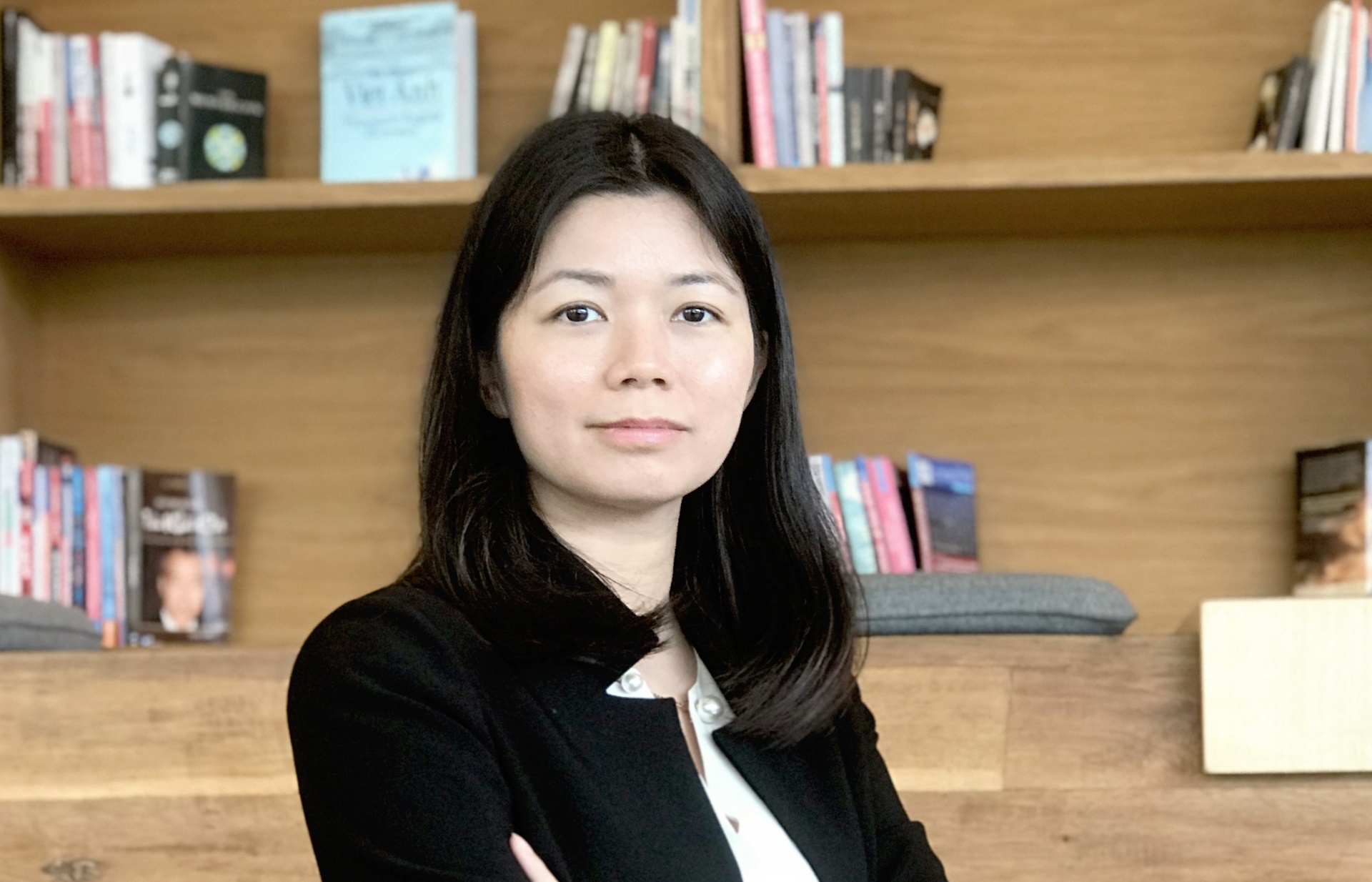
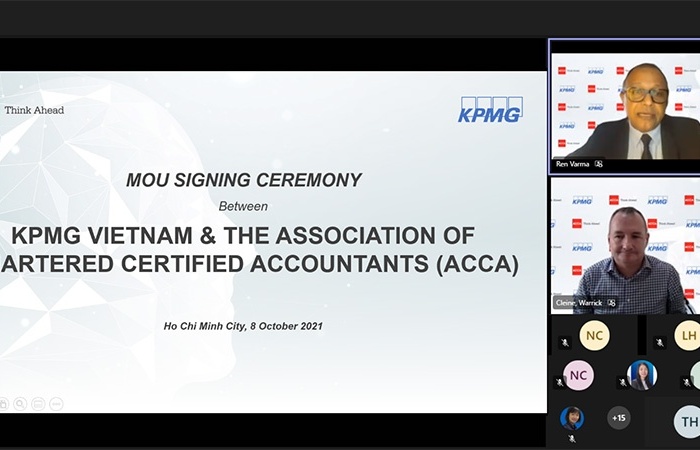

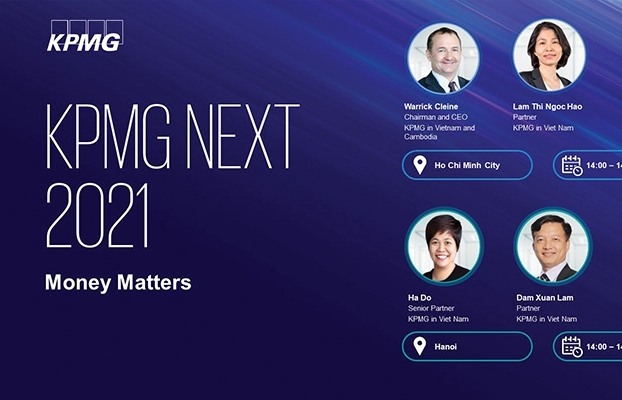
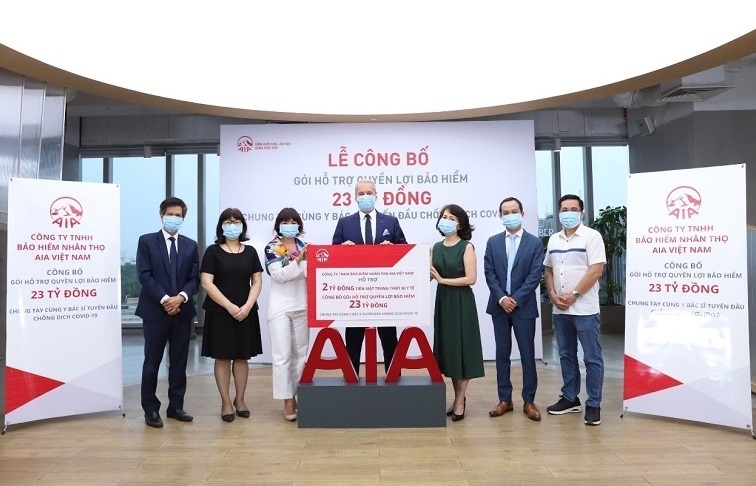
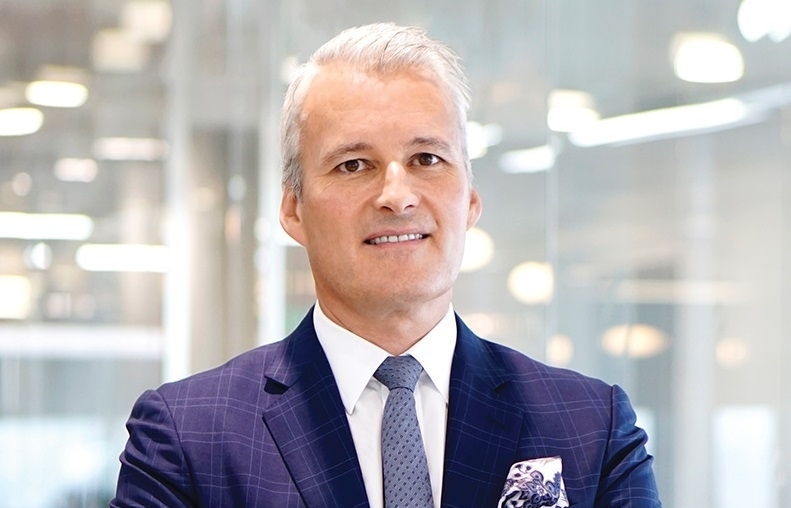

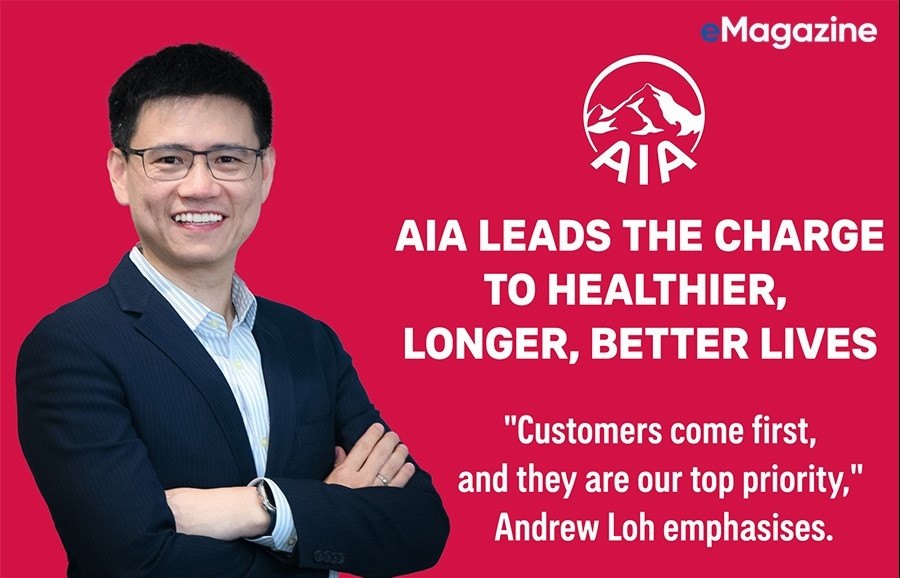

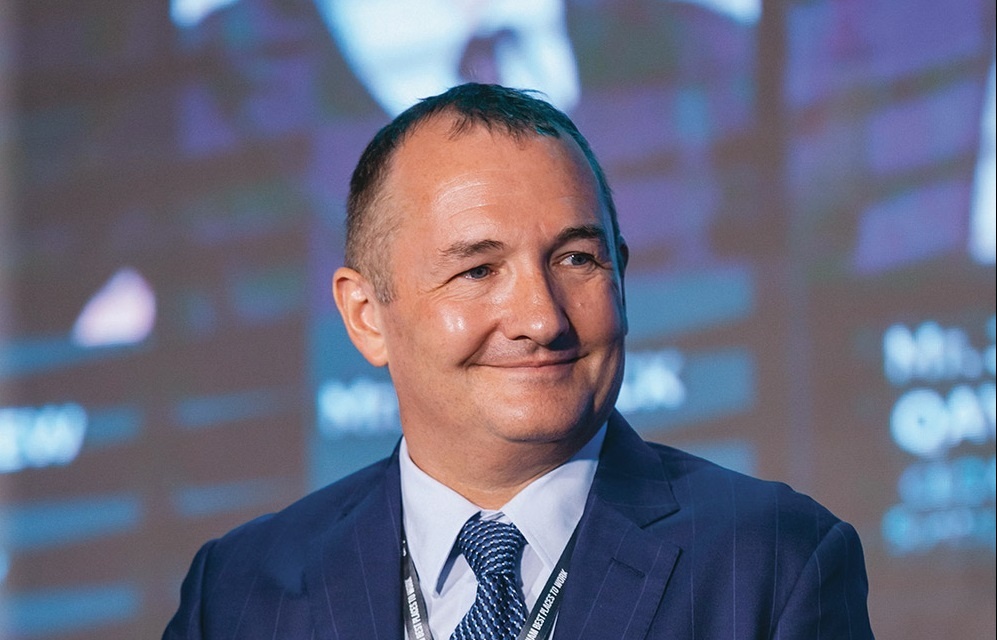

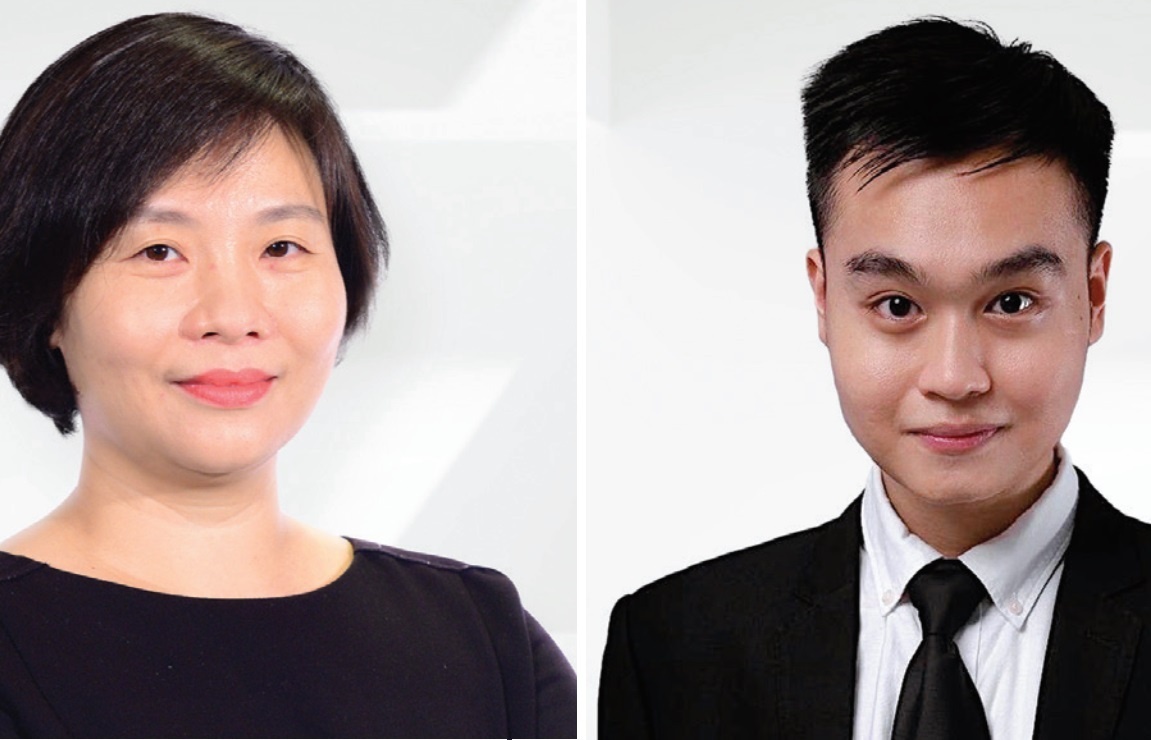













 Mobile Version
Mobile Version